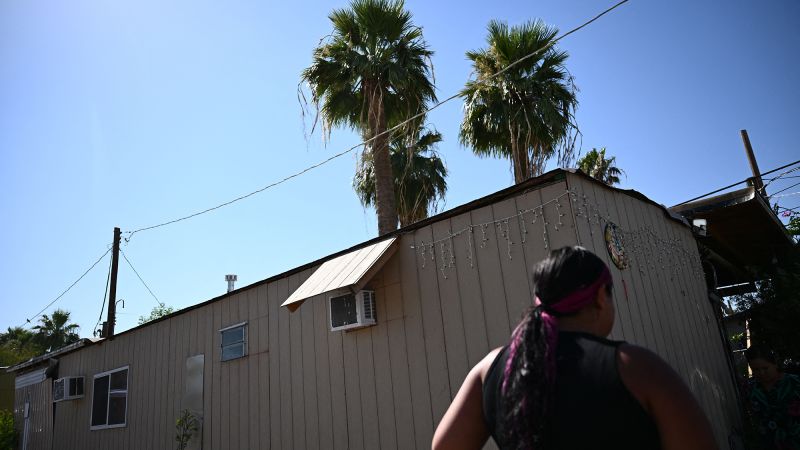The increasing expenses associated with cooling homes during the summer are becoming a significant concern for Americans, especially given the backdrop of inflation and rising costs. For the summer of 2023, Americans can anticipate spending an average of $784 on cooling their homes from June through September. This figure represents a notable increase, reflecting a 4.2% hike from the previous year and an astonishing 14% spike since 2020. These statistics are sourced from a detailed analysis conducted by the National Energy Assistance Directors Association (NEADA) and the Center for Energy Poverty and Climate.
The reasoning behind this financial burden stems from two main factors: surging electricity prices that are outpacing general inflation and predictions of another hot summer season. Mark Wolfe, the executive director of the NEADA, emphasizes that they have been tracking summer cooling costs since 2014. This year, New England and the Midwest are projected to suffer the heaviest financial hit, with anticipated costs increasing between 13% and 18% from the previous year. Contrarily, residents in the Pacific region, who felt a significant rise in cooling costs last summer, may experience a welcome reprieve, with costs expected to decline by nearly 7%.
Despite the overall moderation of inflation in recent years, the persistent high prices and climbing household debt keep stressing American budgets. The financial strain is pervasive, affecting both summer cooling and winter heating costs, which are expected to rise as well. Wolfe notes that the heating bills for the preceding winter, particularly challenging due to the cold weather, were expected to increase by nearly 9%. The ongoing financial pressure means that “people don’t get a chance to catch up,” underscoring the continued economic distress faced by many households.
A glaring indicator of the financial strain on families is the fact that more than 21 million Americans, roughly one in six, are falling behind on their energy bills. Current statistics reveal that consumers owed a staggering $24 billion to utility companies as of March, a stark increase from $17.5 billion in January 2023. For lower-income households, the rising costs can have dire implications, particularly as they often hesitate to use air conditioning due to expense concerns. The impact of this decision can be quite severe, with heat-related deaths having surged in 2023, during what is recorded as the hottest summer to date. According to research published in the medical journal JAMA, just over 2,300 individuals succumbed to heat-related issues this summer, a sharp contrast to fewer than 1,200 fatalities reported in 2020.
Wolfe further warns that without access to affordable cooling systems, many individuals will find themselves increasingly at risk of heat strokes and other health complications associated with escalating temperatures. Compounding this dilemma is the federal Low Income Home Energy Assistance Program (LIHEAP), which provides crucial support to approximately six million Americans in managing their utility expenses. However, the program currently lacks sufficient funding to assist all eligible recipients. For the fiscal year, LIHEAP’s budget stands at $4.1 billion, a significant decrease from $6.1 billion two years prior—a reduction attributed to the loss of additional support Congress granted during the COVID-19 pandemic.
Moreover, Wolfe highlights the prevalence of inconsistent support across states; only 26 states offer summer cooling assistance through LIHEAP. In that context, a recent budget proposal from President Donald Trump sought to eliminate the program, arguing that it is unnecessary as many states already have policies to prevent utility disconnections for low-income residents. Yet, this perspective overlooks the reality that only 19 states and the District of Columbia provide reliable summer shutoff protections, covering about half of the U.S. population. In many areas, these rules remain outdated and inadequate for fostering true security for vulnerable households.
Ultimately, as the sweltering summer months approach, the issue of rising cooling costs will continue to challenge many American families, fostering a cycle of financial distress that could have far-reaching implications for health and well-being. Addressing these challenges requires immediate attention from policymakers, utility companies, and community organizations dedicated to supporting those most impacted by increasing energy costs.



